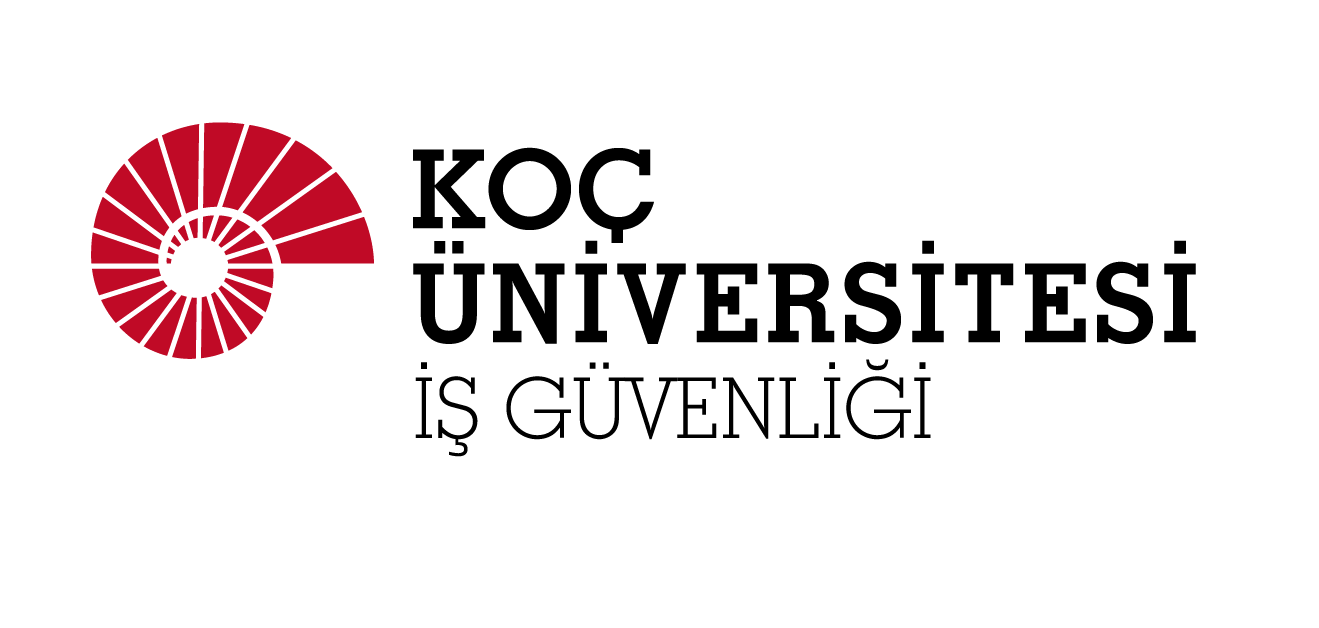Dry Chemical Powder Fire Extinguisher
Dry chemical powders extinguish fire very rapidly. They are primarily used in fires caused by flammable liquids. Their non-conductive quality makes them effective firefighting agents in fires involving flammable liquids associated with electrical equipment. However, due to their contaminating nature, they are not preferred in fires involving electronic equipment, sensitive machinery and engines. More commonly used in open field fires and areas not containing electrical equipment. They have no toxic effect under normal conditions of transport and operation. They cause irritation in the eye and in nasal mucosa, if inhaled. However, these are not permanent and severe effects.
Especially in class A fires, the monoammonium phosphate (MAP), which is included in the composition of extinguishing powder used in ABC class fires, melts and forms a solid layer over the burning material and cuts-off air supply.
In addition, the active ingredient in the powder, MAP, reacts with the heat, creating free radicals, which help to capture oxygen and hydrogen molecules and extinguish the fire chemically. In other words, this process breaks the chemical chain reaction component present in the fire tetrahedron.
Places where the equipment: Fire Cabinets, Vehicles
We thank MAVA students for their support in video shootings.
